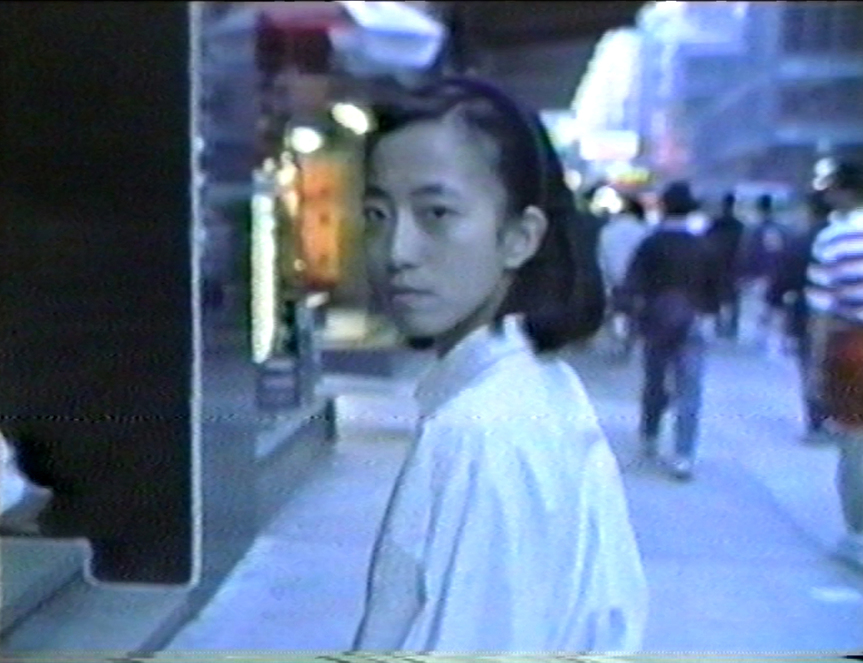-
From Current Issue
-
- Editor’s Letter Fire in the Heart
- Reviews I Gusti Ayu Kadek Murniasih
- Reviews 11th Seoul Mediacity Biennale: “One Escape at a Time”
- Dispatch Networked China
- One on One Monira Al Qadiri on Yukio Mishima
- Essays The rise of independent art spaces in pandemic-era Shanghai
- Features Tuan Andrew Nguyen
- Table of Contents
- Web Exclusives
- Archive
- Subscribe

R
E
V N
E
X
T
Installation view of “Five Artists: Sites Encountered,” at M+ Pavilion, Hong Kong, 2019. Courtesy M+, Hong Kong.
“Five Artists: Sites Encountered,” curated by M+ lead curator of visual art Pauline J. Yao, took as its departure point the notion of “site”—tying together the artistic practices of Lara Almarcegui, May Fung, Lee Bul, Ana Mendieta, and Charlotte Posenenske. Whether physical, imagined, or in relation to cultural engagement, identity, or construction, references to specific locales populated the five female artists’ works, as an examination of the relationship between artworks and their multiple contexts.
The show served as a fitting prelude to the impending completion of the M+ museum building, which at the time of the exhibition was still a scaffolded construction site. At the M+ Pavilion, the location of the exhibition and the only completed section of the institution, the white walls were covered with a text list describing the physical components of the M+ building, which Almarcegui had parsed into 13 raw materials. A visually simple but time-consuming, laborious project, Construction Materials, M+, Hong Kong (2019) was void of any cultural significance that the building might possess. Instead, with a cold, detached approach, the artist’s arithmetic dissects the architectural project into soil and dirt, presenting a desolate portrayal of a landscape that is built on the spectacle of urbanization.
Installation view of LARA ALMARCEGUI’s Construction Materials, M+, Hong Kong, 2019, oil-based paint on wall, dimensions variable, at “Five Artists: Sites Encountered,” M+ Pavilion, Hong Kong, 2019. Courtesy M+, Hong Kong.
Exploring urbanization in a different vein was Posenenske’s Vierkantrohre (Square Tubes) (1967), a series of stackable and connectable steel and cardboard sculptures resembling ventilation ducts that were scattered across the pavilion’s courtyard and the interior exhibition hall. Yet unlike Almarcegui’s abstract, bodiless portrayal of a site, Posenenske’s works are closely related to social engagement. Without any fixed configuration, the sculptures were designed as assembly units that could be rearranged. Behind Posenenske’s ongoing transformations lay Lee Bul’s maquettes (2005–16), which could also be seen as depicting works-in-progress. These objects—small, futuristic-looking architectural models—were displayed on shelves like antiquities. Yet a closer look revealed their impractical, dream-like geometric shapes, anchoring them not in the past or the future, but as buildings existing only in utopia, lingering between the imagined and the actual.
While Lee Bul, Posenenske and Almarcegui’s works revealed inquiries into the politics of shapes, spaces, and concepts, video works by Fung and Mendieta explore identity and the idea of the autonomous body through lyrical, performative language. Fung’s film She Said Why Me (1989) follows a blindfolded female protagonist walking through Hong Kong. Traveling from a temple enveloped in incense to bustling crossroads between commercial centers, the cityscape behind her unfolds gradually as she heads to a place she cannot see. Filmed after Beijing’s Tiananmen Square crackdown and before Hong Kong’s imminent handover to mainland China, the work evokes an anxiety about the future of the island city. In contrast, Mendieta’s series of videos, Silueta (1974–81), sees the artist’s naked body lying down on the earth before gradually fading away. What is left on the ground are silhouetted imprints, which are then filled with blood or catch fire. Unlike Fung, who fixes her camera on the nomadic body, in Mendieta’s work the bodily presence is communicated through its absence, channeling her own displaced experiences as a Cuban diaspora artist.
Spanning different periods and regions, the five artists’ works raised many questions about how political, geographic, or cultural identities can constitute a site—yet the exhibition featuring these same works never directly addresses the most obvious of themes, that being gender. In the curatorial statement, Yao seems to evade this discussion and is vague about her selection of all-female artists, perhaps in an attempt to reject an essentialist interpretation of “women artists.” Yet it seems there is a missed opportunity—the five artists’ shared, gendered experience may have enriched our understanding of their practices, for every conceptual site and environment is still under the administration of patriarchal power. In a world where disparities between genders persist, we cannot ignore feminist thinking when undertaking an analytical study of the relationship between art and society. Thus in the aftermath of the show, I am reminded of Fung’s exclamation: She Said Why Me.
Cassie Liu is an editorial intern of ArtAsiaPacific.
“Five Artists: Sites Encountered” is on view at M+ Pavilion, Hong Kong, until October 10, 2019.
To read more of ArtAsiaPacific’s articles, visit our Digital Library.











